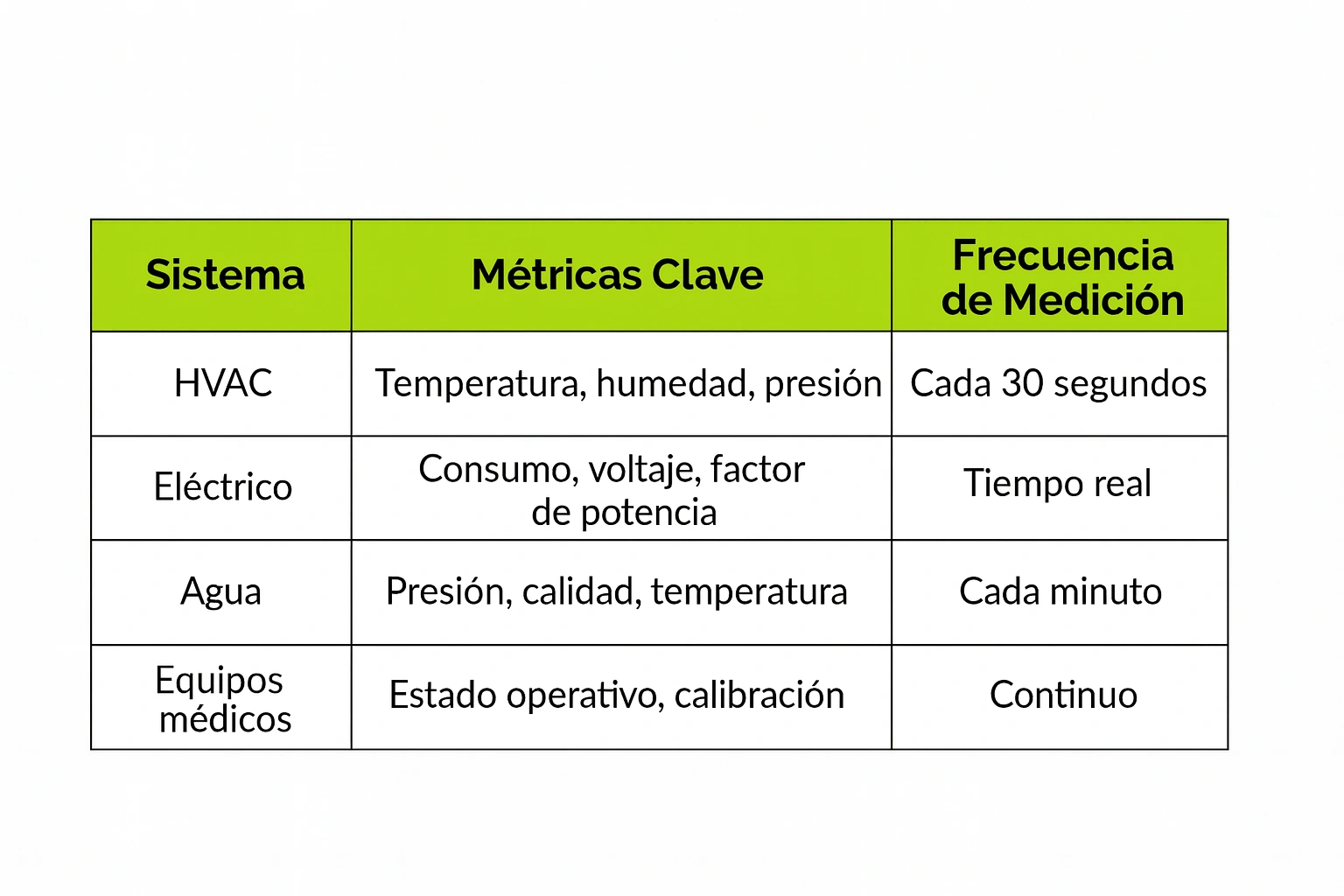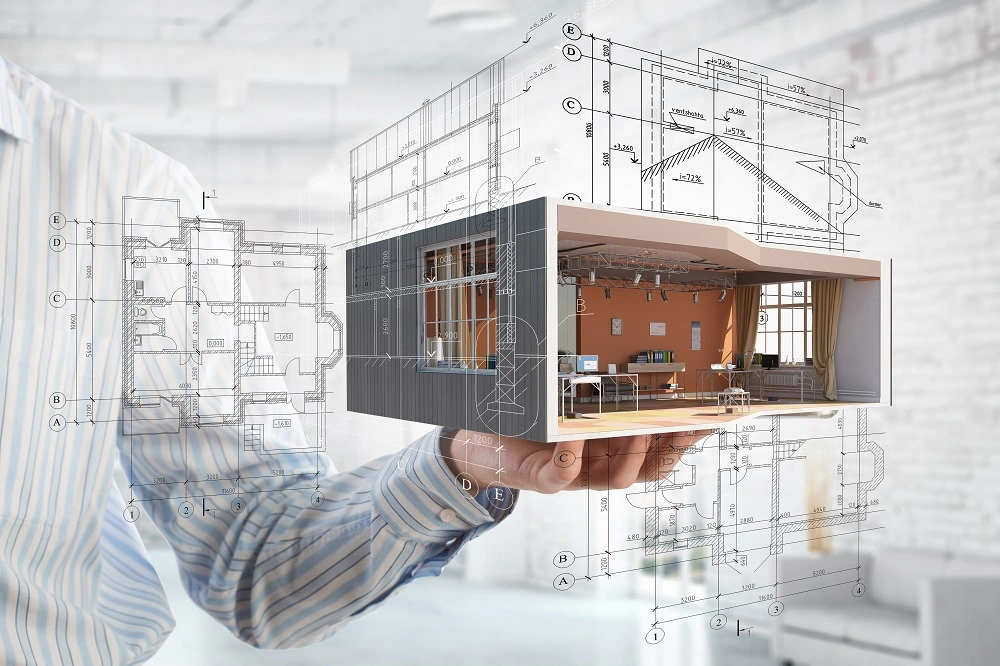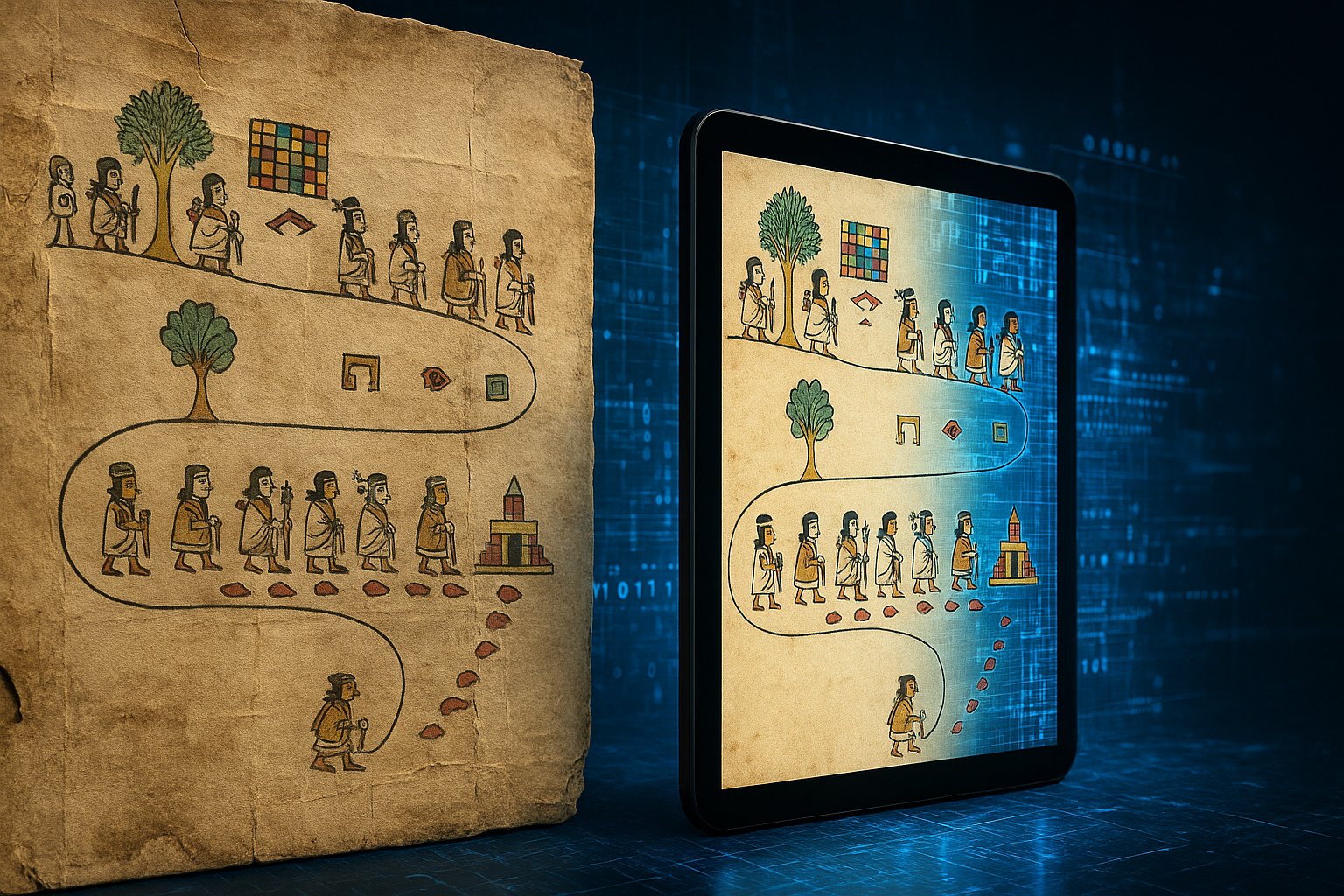How Digital Twins Transform Hospital Management
Imagine being able to predict a failure in an operating room ventilation system before it happens, or detect abnormal patterns in a hospital’s energy consumption in real time. Until recently, this sounded like science fiction. Today, thanks to digital twins, it is a reality that is transforming hospital management.
At Foundtechwe have witnessed how this technology is revolutionizing the healthcare sector. The case of the Central University Hospital, where we implemented our monitoring system based on digital twins, is a perfect example: they reduced maintenance costs by 32% and improved energy efficiency by 25% during the first year.
You can read more about our success stories here.
The ability to create an exact virtual replica of every facility, system, and medical device not only anticipates problems—it is also redefining standards of safety and quality in hospital care. The Hospital IoT systems integrated with digital twin technology are generating incredible savings and advancements.
What Are Digital Twins in the Hospital Context?
The Digital twins in hospitals represent an exact, real-time virtual replica of the entire healthcare infrastructure. This technology combines Building Information Modeling (BIM), sensors, artificial intelligence, and real-time monitoring platforms to create a digital ecosystem that reflects every physical aspect of the medical center.
Unlike traditional management systems, digital twins integrate:
– HVAC systems with air quality monitoring
Critical medical equipment such as MRIs and CT scanners
– Electrical infrastructure and emergency systems
– Patient flows and space occupancy
– Energy consumption by area and equipment
This integration enables hospital administrators to make decisions based on precise data and reliable predictions, transforming reactive management into a proactive strategy.
Read also: Let’s start with the basics: What is a Digital Twin for hospitals?
Real-Time Monitoring: The Backbone of Smart Management
The Real-time monitoring of hospital facilities using digital twins works through a network of IoT sensors strategically distributed throughout the medical center. These devices continuously capture data on critical parameters.
Critical Parameters Monitored:

The Real-time monitoring platforms , process over 50,000 data points per minute, using machine learning algorithms to identify anomalous patterns and generate predictive alerts before critical failures occur.
Predictive Maintenance: Anticipating Failures
The Predictive maintenance powered by digital twins represents a paradigm shift in hospital management.. Instead of waiting for equipment to fail or following rigid maintenance schedules, hospitals can now achieve:
Benefits of Predictive Maintenance:
- Operating cost reduction: Up to 40% less corrective maintenance expenses
- Increased availability: 99.7% uptime for critical equipment
- Extended lifespan: 25% longer durability of medical devices
- Inventory optimization: 30% reduction in spare parts stock
AI algorithms analyze vibration, temperature, energy consumption, and other parameters to generate predictions with 94.2% accuracy.
Operational Efficiency: Comprehensive Resource Optimization
The Control systems based on digital twins improve hospital operational efficiency through multiple optimization vectors Integration of healthcare infrastructure with smart technologies generates measurable benefits in:
Efficiency Impact Areas:
-Energy management: 28% average reduction in consumption
– Space optimization: 35% improvement in room utilization
– Patient flow: 22% reduction in waiting times
– Staff management: 18% improvement in resource allocation
The integrated facility management platform enables administrators to visualize the impact of each operational decision in real time, facilitating data-driven decision-making.
Implementation and Workflow: From Planning to Continuous Monitoring
Successful implementation of digital twins in hospitals follows a structured process that ensures integration without disrupting critical operations:
Implementation Phases:
- Initial audit (2–3 weeks): Complete mapping of existing infrastructure
- Digital twin design (4–6 weeks): BIM modeling and sensor configuration
- IoT installation (6–8 weeks): Deployment of sensor network and connectivity
- Calibration and testing (2–3 weeks): Data validation and algorithm adjustment
- Training and go-live (1–2 weeks): Team training and system launch
- Continuous monitoring: 24/7 operation with specialized support
Conclusion: The Future of Hospital Management
The Digital twins in hospitals have proven to be more than a technological innovation: they are a strategic necessity for healthcare centers seeking operational excellence, sustainability, and quality patient care.
The convergence of BIM, hospital IoT systems, artificial intelligence, and predictive maintenance is creating a new generation of smart hospitals—safer, more efficient, and more sustainable.
At Foundtech, we continue leading this digital transformation, helping hospitals implement digital twin solutions that deliver measurable and sustainable results. Is your hospital ready for digital transformation? Contact our specialists and discover how digital twins can revolutionize your hospital management.



